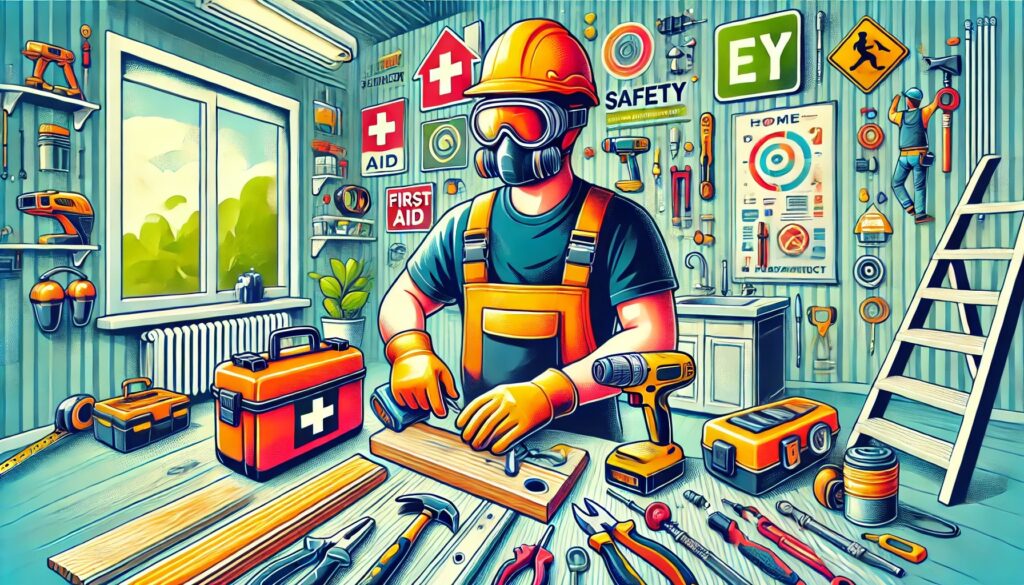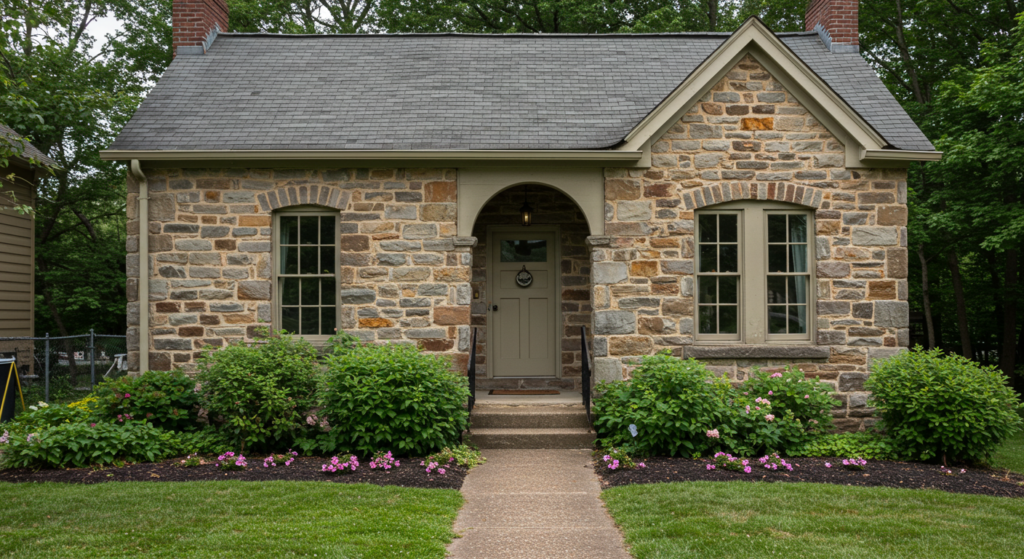Did you know that over 43% of homeowners suffer injuries during DIY renovation projects? As more people embrace home improvement projects, understanding renovation safety has never been more crucial. Whether you’re planning a simple bathroom update or a major kitchen remodel, knowing the right safety precautions can prevent serious accidents and ensure project success.
In this comprehensive guide, we’ll explore essential home renovation safety tips that every DIY enthusiast needs to know. From proper protective equipment to hazard identification, you’ll learn everything required to tackle your next project safely and confidently.
Pre-Renovation Safety Planning: Essential Steps Before Starting Your Project
Before picking up any tools, proper planning is crucial for safe home remodeling. According to research by This Old House, most renovation accidents occur due to inadequate preparation.
Conducting a Thorough Safety Assessment
Start by examining your workspace for potential hazards:
- Check for exposed electrical wires
- Identify load-bearing walls
- Look for signs of water damage
- Test for proper ventilation
Understanding Local Building Codes and Permit Requirements
Building codes exist to protect you and your family. Before starting any renovation project, contact your local building department to understand:
- Required permits
- Safety regulations
- Inspection requirements
- Project limitations
Essential Personal Protective Equipment for Safe Home Remodeling
Proper safety equipment is your first line of defense against renovation hazards. Studies show that wearing appropriate PPE can prevent up to 90% of serious injuries during home improvements.
Must-Have Safety Gear for DIY Renovators
- Safety goggles with side shields
- NIOSH-approved dust masks
- Heavy-duty work gloves
- Steel-toe boots
- Hard hat for overhead work
- Hearing protection
According to Modern PHE, proper respiratory protection is especially crucial when working with:
- Old drywall
- Insulation
- Wood dust
- Paint fumes
Safe Handling of Tools and Equipment During Home Improvements
Power Tool Safety Guidelines and Maintenance
Follow these essential guidelines:
- Read all tool manuals before use
- Inspect tools before each project
- Keep all guards in place
- Unplug tools when not in use
- Store tools in a dry, secure location
Ladder and Scaffolding Safety Protocols
Falls are among the most common DIY injuries. GharPedia reports that improper ladder use accounts for thousands of injuries annually.
Key ladder safety rules:
- Place on firm, level ground
- Maintain three points of contact
- Never stand on the top two rungs
- Keep your belt buckle between the side rails
- Set up at a 75-degree angle
Electrical Tool Safety Measures
When working with electrical tools, follow these critical guidelines:
- Use GFCI outlets for all power tools
- Keep cords away from water
- Never use tools with frayed cords
- Avoid using power tools in wet conditions
- Double-check tool ratings match your power supply
Managing Hazardous Materials in DIY Construction Projects
Old homes often contain dangerous materials. Understanding how to identify and handle these substances is crucial for safe renovation work.
Lead Paint Testing and Safe Removal Procedures
If your home was built before 1978, follow these steps:
- Test suspicious surfaces for lead
- Wear appropriate respiratory protection
- Use containment barriers
- Follow EPA guidelines for removal
- Dispose of materials properly
Health Canada guidelines emphasize the importance of professional testing when uncertain about hazardous materials.
Asbestos Identification and Professional Testing
Never attempt to remove suspected asbestos yourself. Warning signs include:
- Older popcorn ceilings
- Old floor tiles
- Pipe insulation
- Textured wall coatings
Contact a certified asbestos inspector if you suspect its presence.
Family and Environmental Protection During Home Renovation
Setting Up Containment Areas and Safety Barriers
Create safe zones using:
- Heavy-duty plastic sheeting
- Zippered doorway barriers
- Tape-sealed vents
- HEPA air filtration
- Warning signs
Protecting Children and Pets During Renovation
According to Ambient Building Products, keeping family members safe requires:
- Establishing no-go zones
- Securing tools after each use
- Cleaning work areas daily
- Maintaining separate entrance/exit paths
- Creating safe play areas away from work zones
Project-Specific Safety Guidelines for Common Renovations
Electrical Work Safety Protocols
Essential electrical safety rules:
- Turn off power at the breaker
- Test circuits before working
- Use insulated tools
- Never work alone
- Know your skill limitations
Scarborough Disposal emphasizes that electrical work often requires professional certification.
Plumbing Renovation Safety Measures
When tackling plumbing projects:
- Shut off water supply
- Protect against sewage exposure
- Use proper pipe-cutting techniques
- Avoid chemical drain cleaners
- Wear waterproof protection
When to Call the Professionals: Safety-Critical Situations
Some projects are too dangerous for DIY. Contact professionals when dealing with:
- Structural modifications
- Complex electrical work
- Gas line modifications
- Extensive asbestos removal
- Major roofing repairs
Conclusion
Safe home renovation requires proper planning, equipment, and knowledge. Remember these key points:
- Always prioritize safety over speed
- Invest in quality protective equipment
- Know your limitations
- Don’t hesitate to call professionals
- Keep family members protected
Before starting your next project, review these safety guidelines and ensure you have proper protection in place. Your health and safety are worth the extra time and investment.


